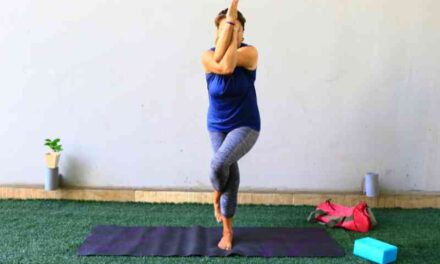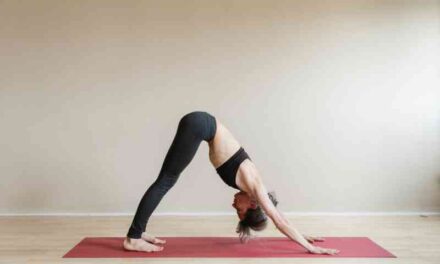Kativakrasana, also known as the Spinal Twist Pose, is a Hatha yoga posture that offers a wide range of benefits for the body and mind. This pose is known for its twisting motion, which stimulates the internal organs, stretches the spine, and improves overall flexibility. In this blog, we will explore the history, benefits, and how to perform Kativakrasana.
History of Kativakrasana Yoga
The practice of yoga dates back over 5,000 years in India. It is considered to be one of the oldest systems of healing and wellness. The practice of yoga has evolved over time, and different postures were created to help people maintain a healthy body and mind.
Kativakrasana is one of the postures that were developed later, as a way to improve spinal mobility and alleviate lower back pain. It has since become a popular posture in yoga classes around the world.
Benefits of Kativakrasana Hatha Yoga Pose
The Kativakrasana posture provides numerous health benefits, both physically and mentally. Some of the benefits include:
- Stretches the spine: The twisting motion of the posture helps to stretch the spine, improving flexibility and reducing tension.
- Strengthens the core: The posture strengthens the abdominal muscles, improving posture and balance.
- Stimulates digestion: The twisting motion of the posture can help stimulate digestion and relieve constipation.
- Reduces back pain: The posture can help relieve lower back pain by improving spinal mobility and strengthening the muscles of the lower back.
- Calms the mind: The posture can help calm the mind and reduce stress and anxiety.
How to Perform Kativakrasana Hatha Yoga Pose
Before attempting Kativakrasana, it is important to warm up the body with some gentle stretching exercises. Once you are ready, follow these steps to perform Kativakrasana:
Step 1: Start by sitting on the floor with your legs straight out in front of you.
Step 2: Bend your right knee and place your right foot on the outside of your left thigh.
Step 3: Inhale and raise your left arm above your head.
Step 4: Exhale and twist your torso to the right, placing your left elbow on the outside of your right knee.
Step 5: Hold the posture for 10-20 seconds, breathing deeply and evenly.
Step 6: Inhale and release the posture, returning to the starting position.
Step 7: Repeat the posture on the other side, bending your left knee and placing your left foot on the outside of your right thigh.
Tips for Practicing Kativakrasana Hatha Yoga Pose
Here are some tips to help you get the most out of the Kativakrasana posture:
- Breathe deeply: Focus on breathing deeply and evenly while holding the posture. This will help to calm the mind and reduce stress and tension.
- Use props: If you find it difficult to place your elbow on the outside of your knee, you can use a yoga block or rolled-up towel to support your arm.
- Be gentle with your body: To avoid strain on your body, be gentle when twisting your torso.
- Practice regularly: To get the most benefit from Kativakrasana, practice it regularly as part of a regular yoga routine.
In conclusion, Kativakrasana is a powerful Hatha yoga posture that can provide numerous health benefits. It can help stretch the spine, strengthen the core, stimulate digestion, reduce back pain, and calm the mind. It is an easy posture to perform and can be done by people of all ages and levels of fitness.





